Other Observations
Other Observations
Author; Eric Sabo
April 25, 2025
The Neutron The neutron is a particularly odd sub-atomic particle and there seems to be little discussion about it. For example; A free neutron decays to an electron and a proton in around 14 minutes.... A neutron somehow expels a negatively charged sub-atomic particle and a positively charged sub-atomic particle remains.
It becomes obvious that the neutron contains both positive and negative elements. I never forgot the question I posed when in the Nuclear Navy atomic fission class back in 1969. The instructor stated that the neutrons in the reactor had to be slowed down for fission to occur. I asked; “Why do they have to be slowed down?”
His answer was;
“I don't know. Nobody knows.”
I never forgot that unacceptable answer. In 2006, it finally occurred to me that because the neutron obviously has both positive and negative elements. And, the only possible reason they have to be slowed down is, TIME. It is the relatively small amount of time for the negative elements in the neutron to position themselves for the neutron to be able to attach itself to the positively charged nucleus of the U-235 atom.
Once attached, absorption of the neutron proceeds into the U-235 atom nucleus and that causes the U-235 atom to fission. Now the question remains; Why does the free neutron decays to an electron and a proton? The only answer I could come up with is, the ambient Dark Matter Aether (DMA) and other ambient atoms, create the conditions for the neutron decay and fit into the ambient environment.
But what if we could force the neutron decay into the opposite of the electron and proton. That is; a positron and, for lack of a better term, a Negatron. A positively charged electron and a negatively charged proton. Anti-Matter.
In 2008, I came up with a design for a device that might just do that. The device could produce Anti-Matter in a continuous stream. An Anti-Matter Generator.
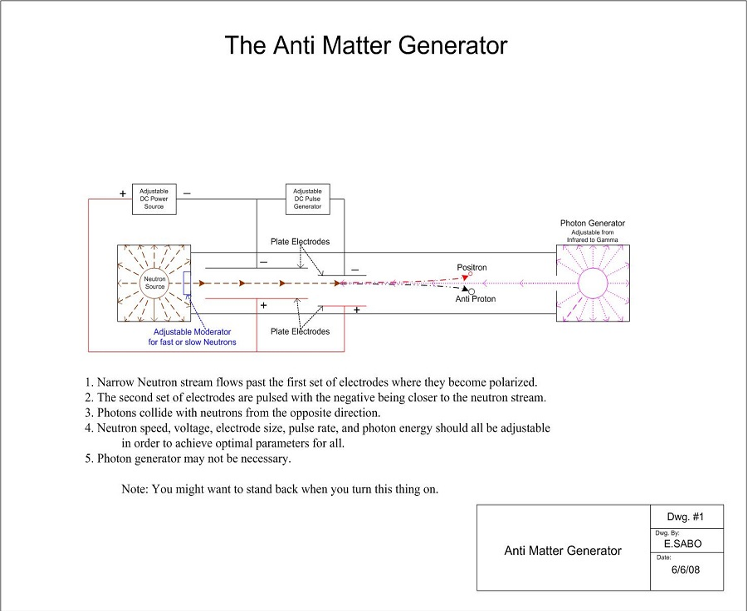
Another peculiar aspect of neutrons and protons is, they don't seem to have a set size. As you proceed up the periodic table of elements, the size of the nuclei do not increase in size as expected. I found this interesting Periodic Chart of the Elements that goes by Atomic Size. 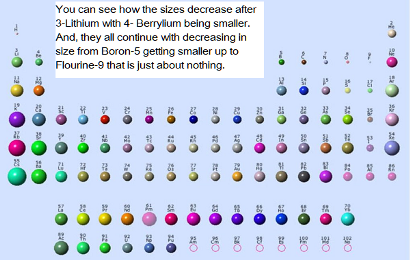
The atomic size appears to expand at the ends of the table and the decrease in size again takes place as atomic numbers increase up from left to right. The accepted version is that the electron 'Cloud” shrinks. But my view is that the nucleus shrinks. When we see the standard view of the nucleus, we get something like this;
For example; Atomic Number 2 - Helium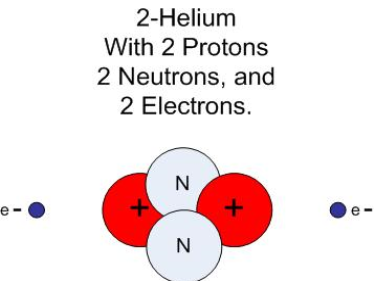
But it seems more reasonable that the protons and neutrons in the nucleus would actually combine to form a fluid of their internal positive and negative elements. The nucleus would then appear as something more like this;
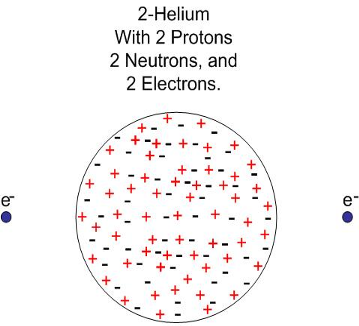 The surface of the Nucleus probably resembles something like what we had a recent experience with. With a positively charged nucleus, the positive elements would protrude on the surface;
The surface of the Nucleus probably resembles something like what we had a recent experience with. With a positively charged nucleus, the positive elements would protrude on the surface;
 As the atomic number increases, the number of positive and negatively charged elements increases. This would would cause the nucleus to compress much like gravity compresses the interior of the planet. There is zero gravity but great pressure at the center of the earth.
As the atomic number increases, the number of positive and negatively charged elements increases. This would would cause the nucleus to compress much like gravity compresses the interior of the planet. There is zero gravity but great pressure at the center of the earth.
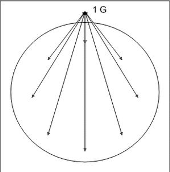
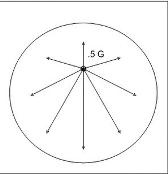
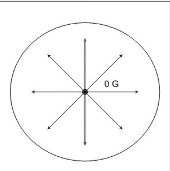
When I decided to take on the challenge of determining the cause of gravity, I envisioned it as a mechanical system because it seemed to me, that it is what it is. My observations over the past 15 years have led me to some other questions and speculations.
After my Dark Matter Aether (DMA) paper, some other topics in the Theoretical Physics realm have me contemplating problems that the DMA presents.
"c"
The universal constant for the speed of light, “c” works out to be, 186,282 miles/second. That would be 670,615,200 miles per hour. But it occurs to me that if Dark Matter/Aether (DMA) density drops off at the Solar System's Termination Shock, the speed of light might be different outside the Solar System. Therefore “c” might not be a universal constant.
Lagrange Points
Lastly, and on a different matter, I always found it curious that Lagrange Points actually exist. After much thought, it is my opinion that Lagrange points are the convergence of Gravity Beams and DMA Gravity. This convergence is responsible for creating these ghost like gravitational null points in space. \
I chose to use the Moon of Earth points as an example;
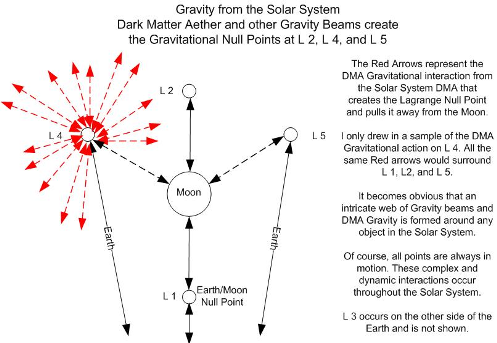
I'd speculate that these Lagrange points do not maintain an exact distance with respect to each other continuously. It seems they would more closely float around in their same general positions as the moon revolves around the Earth and the influence of all the various gravity beams, would be continuously changing.
Thank you for your time,
Eric Sabo